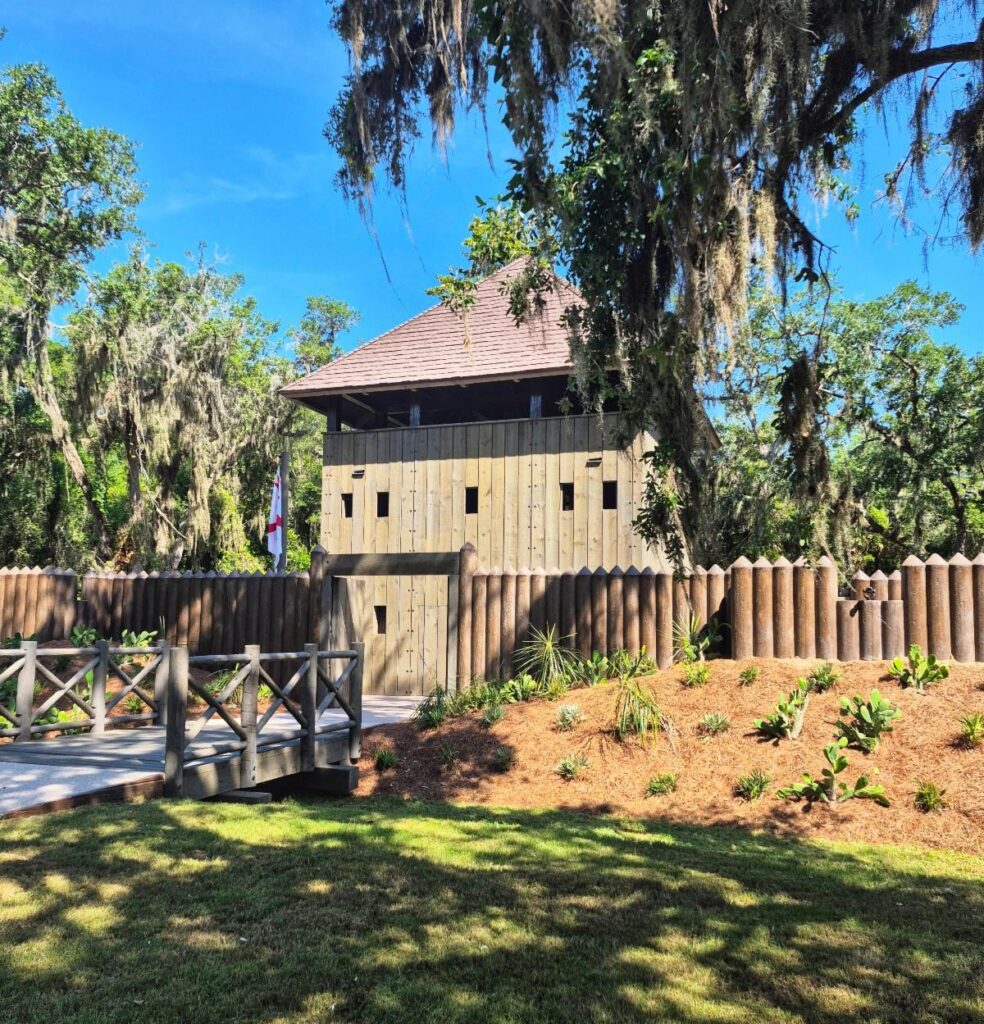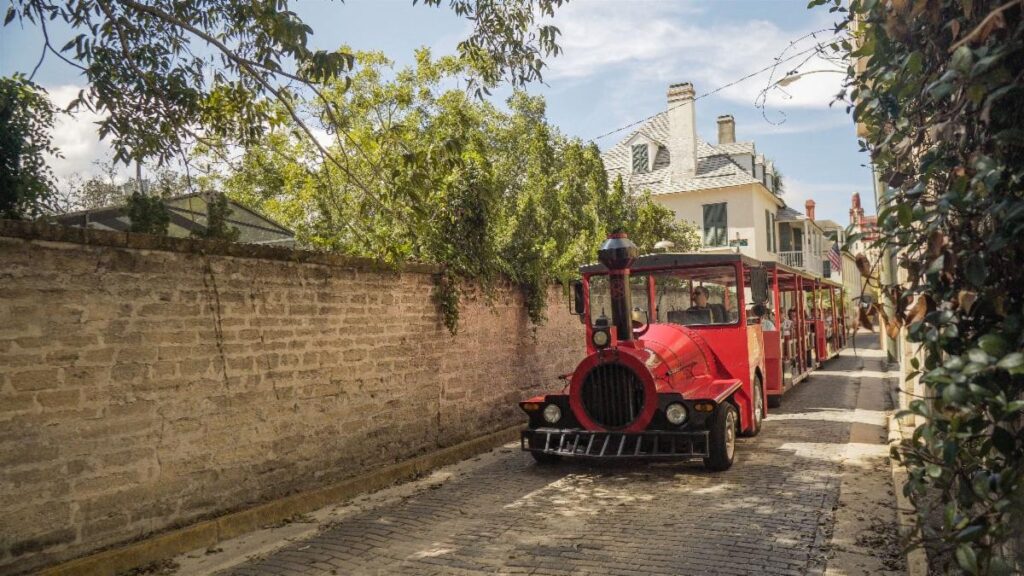Maya temples Erected Centuries ago provide one unique setting to welcome the new season
The cultural heritage left by the Maya civilization has been a source of great astonishment to the many Mexican and international travelers who visit the many locations around the Yucatan including many archaeologists and fanatics who continue to search for the many secrets perceived to be hidden in edifices such as the Kukulkan Temple in the UNESCO World Heritage site of Chichén Itzá
This week, as the daylight hours start to extend and the colorful shades of flowers start to bring hope, those in the Northern Hemisphere are eager to celebrate the beginning of a new season: Spring. This is of greater importance this year as it seems it will also be the beginning of the end of the Covid-19 pandemic.
The equinox is a cosmic event that occurs when the Sun is on the Earth’s equator, so day and night last the same number of hours. The celebration of the change in seasons is of great importance in the state of Yucatan because between the 20th and 23rd of the month, the direction of sunlight falls on different buildings at a certain angle and causes shadows to be projected that resemble the appearance of the mythical feathered serpent Quetzalcóatl, of Toltec origin, and Kukulcán in Mayan.
Showing a deep understanding of astronomy, mathematics, acoustics, and physics, the construction of the buildings found in Chichen Itza bring the celebrated serpent of the Maya cosmology to live with the sun’s rays form shapes and shadows from noon to four in the afternoon when the body of the snake meats its stone heads at the floor of the temple. A religious reverence found nowhere else on the planet and known as the equinox at Kukulcan Temple.
In addition to the equinox take over at Chichén Itzá, the splendor of this history-meets-nature-meets-culture event, other locations around the state of Yucatan hosts similar shows. Dzibilchaltún, “the place where there is writing on the stones”, an important Maya settlement near the coast, is home to a temple known as the Seven Dolls because within its structure, there are seven figures of human-shaped clay – where at dawn, on the equinox, the sun’s rays cross right in the center of the door and create an spectacle of light and shadow on its western façade.
In Mayapán there is an experience similar to the one in Chichén Itzá, but in a structure of somewhat more modest dimensions, and in Uxmal we find the Temple of the Doves, also with light and shadow effects where parallel and meridian angles intersect to obtain the effect desired by ancient Maya engineers, astronomers, artists and priests.
All these wonders are unique and unrepeatable, they could not occur in any other place given the characteristics of the Yucatan peninsula, which crosses the 90th meridian, and indicates one of the time zones of the world and defines, neither more nor less, Mexico’s time.
Maya Culture knew how to choose wisely the location of its ceremonial centers, the ones that today, modern travelers who seek experiences with a mix of mysticism, natural beauty, and the feats of talent, will be able to enjoy this spectacle in the month of September.











